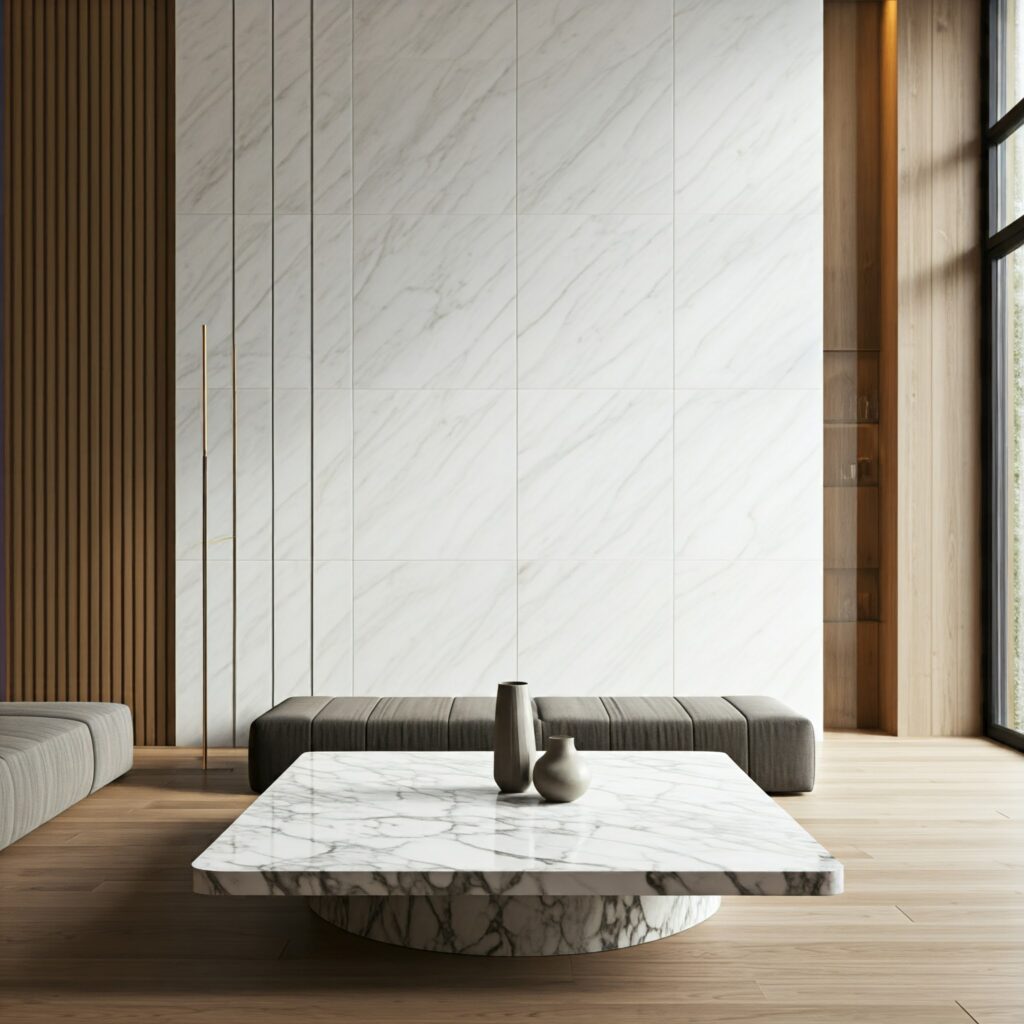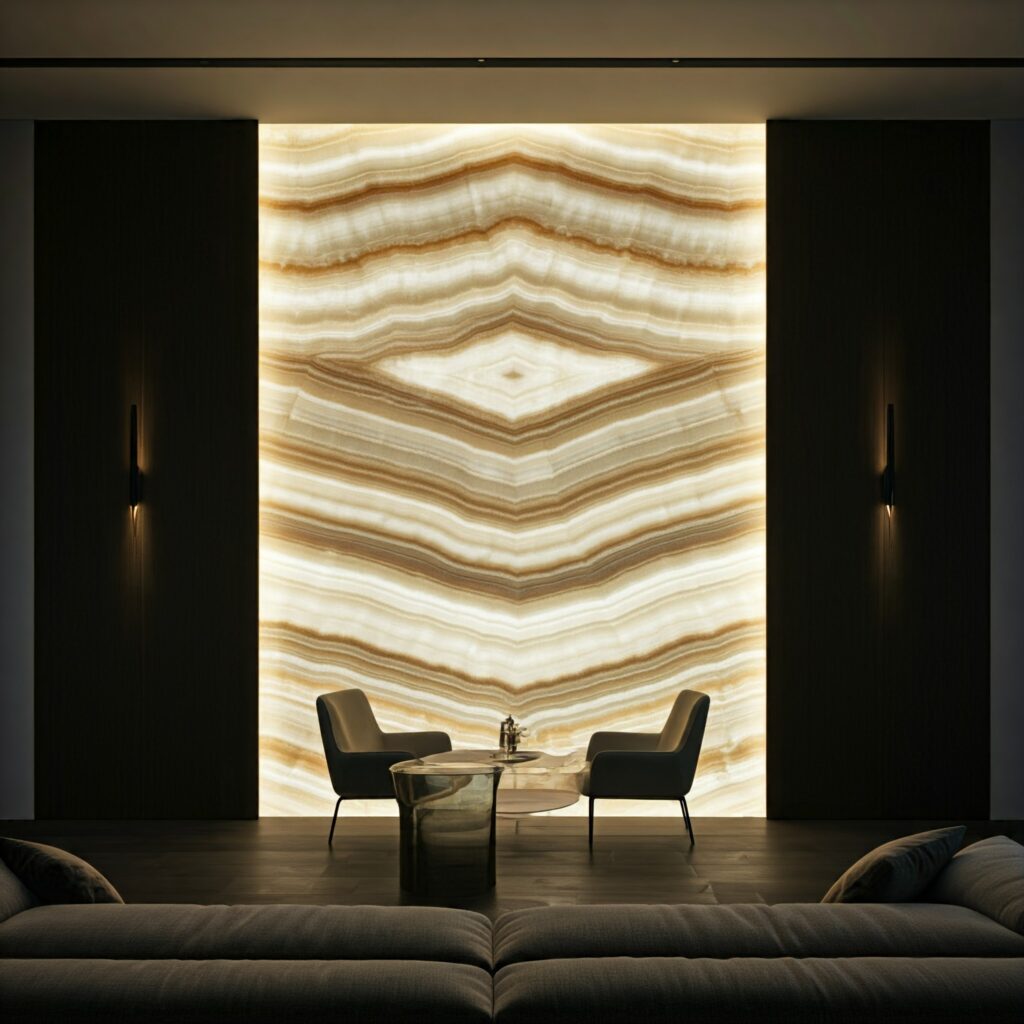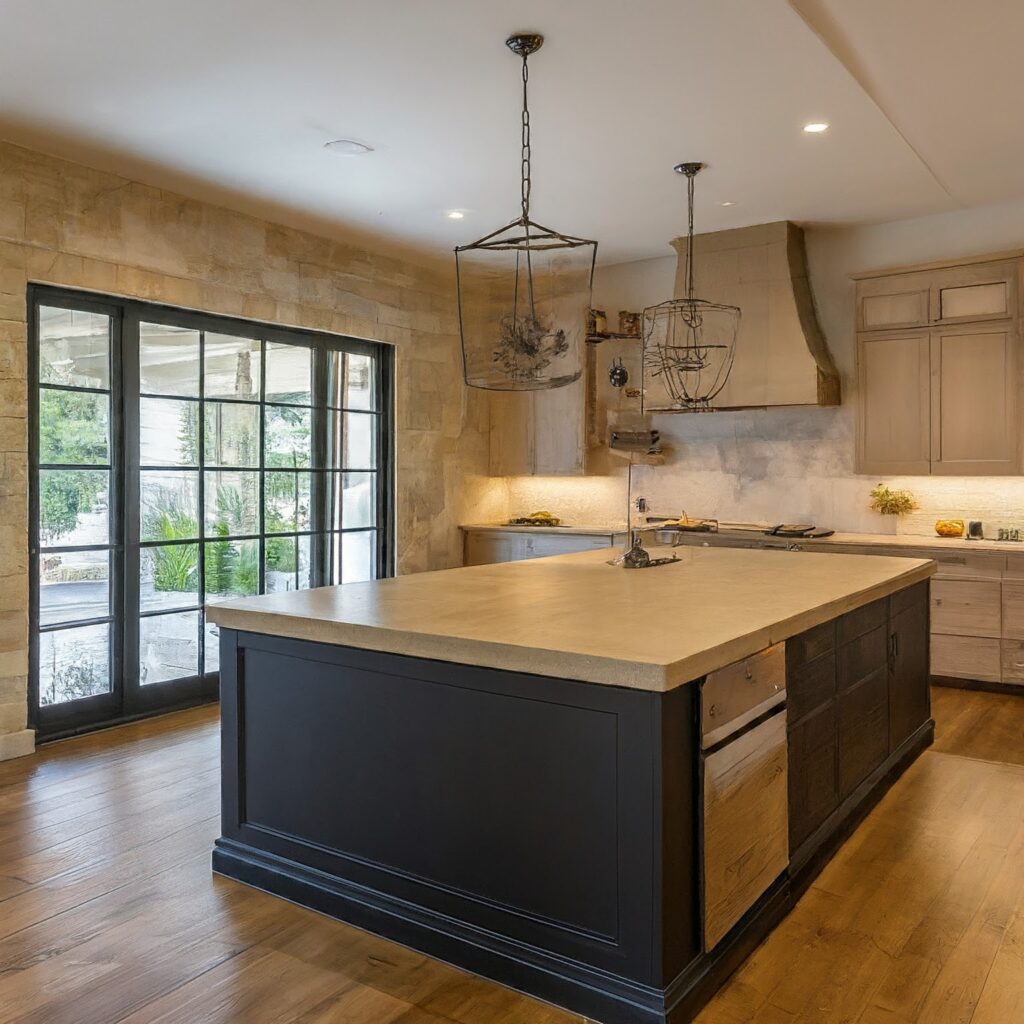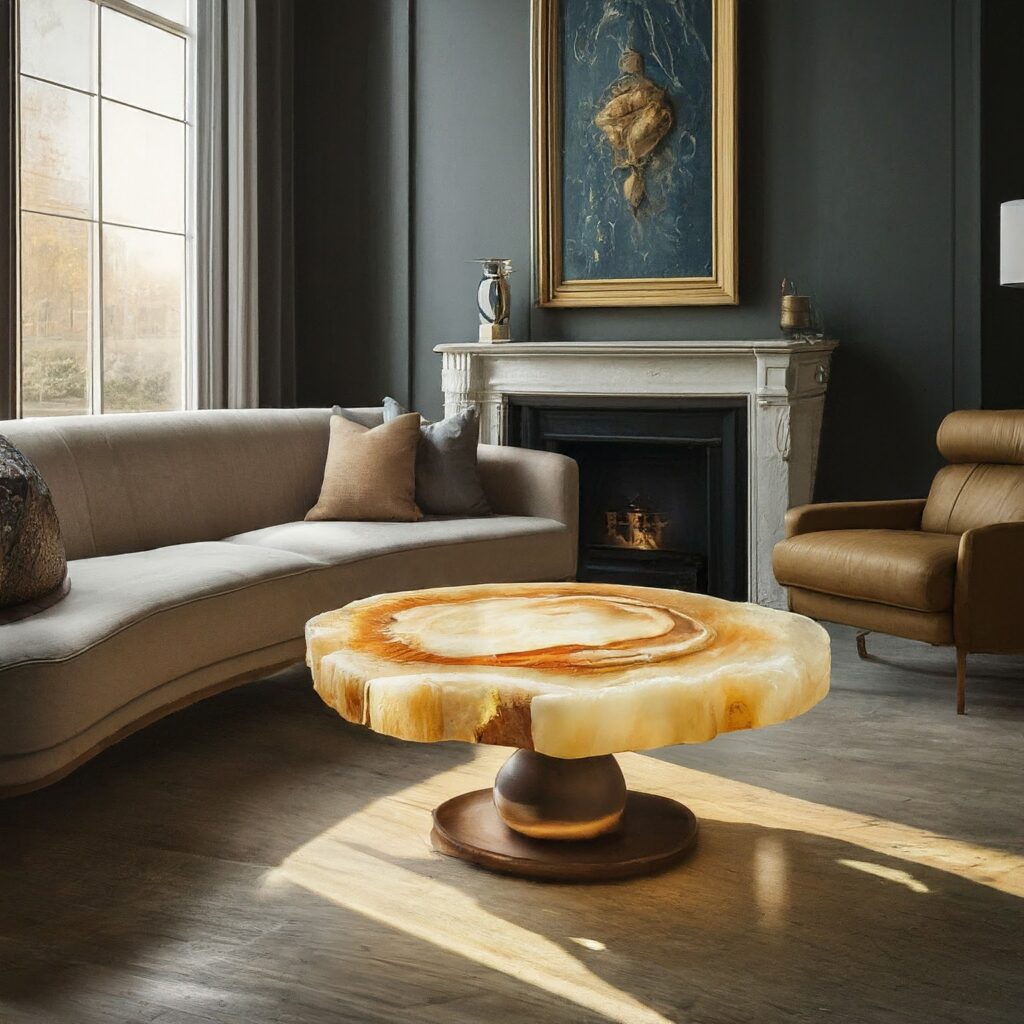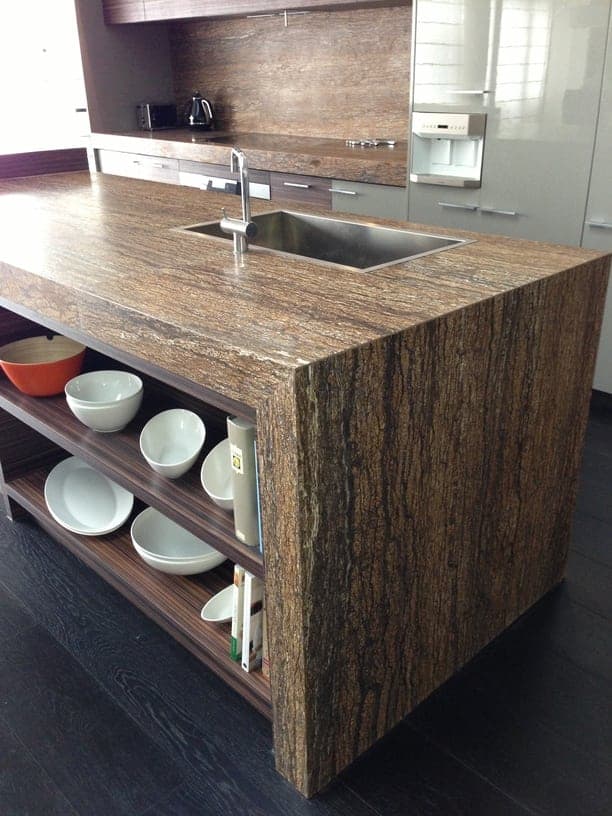Using Marble in Contemporary Design and Architecture
Contemporary interior design and modern architecture offers a surprisingly blank canvas on which highly personalised and aesthetically wonderful creations can be made. Creating a space that reflects modern design trends,

